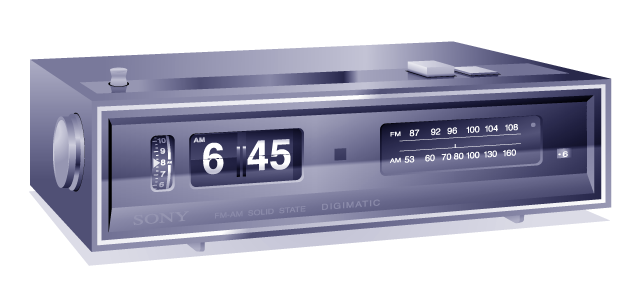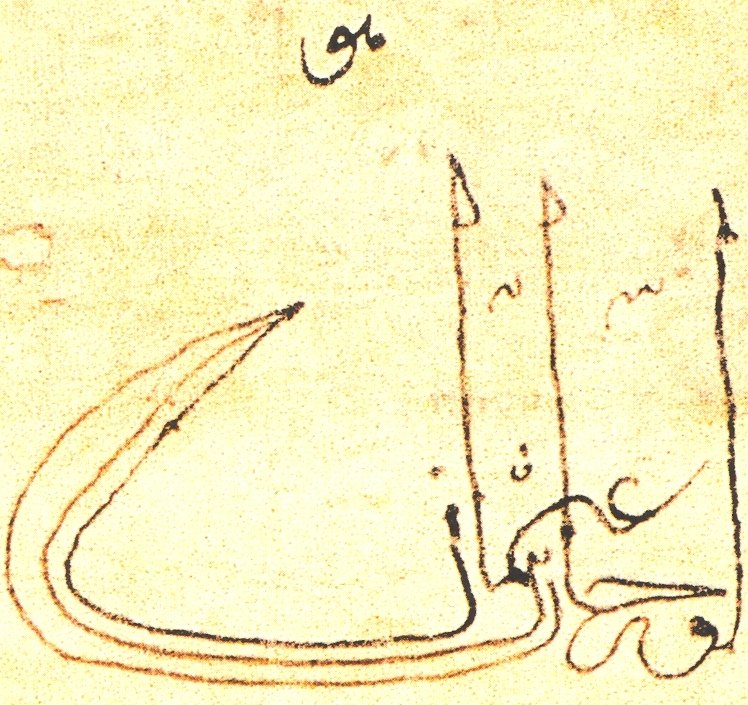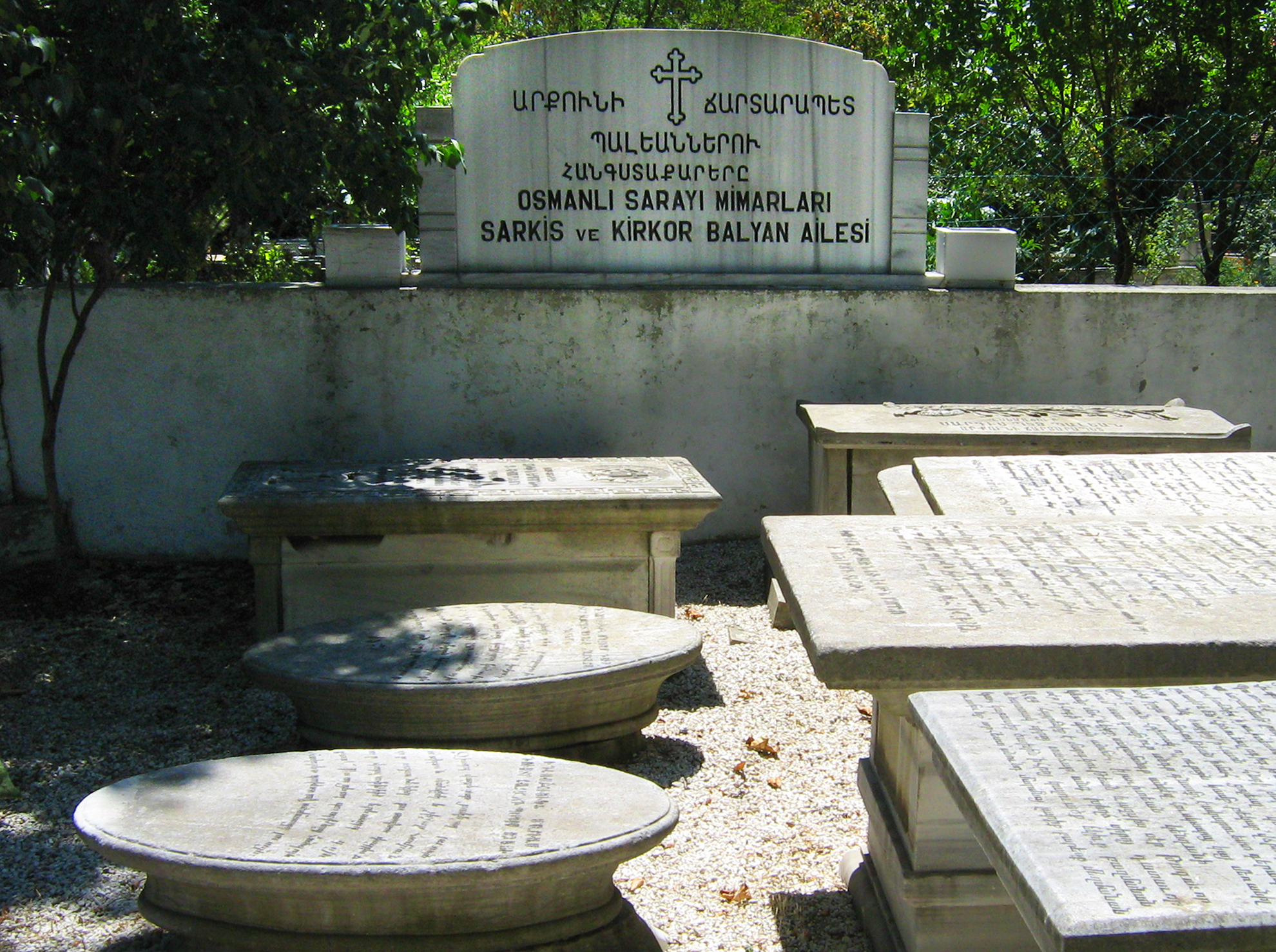|
Nusretiye Clock Tower
Nusretiye Clock Tower, aka Tophane Clock Tower, is a clock tower situated in Tophane, a neighborhood in Beyoğlu district of Istanbul, Turkey next to Nusretiye Mosque and Tophane Kiosk at the European waterfront of Bosphorus. It was ordered by the Ottoman sultan Abdülmecid I (1823–1861), designed by architect Garabet Amira Balyan and completed in 1848. Designed in neo-classical style, the four-sided, three-story clock tower is 15 m high. A tughra of Sultan Abdülmecid I is put on above the entrance. The original clock and the clock face are in a state of disrepair. The clock tower along with Nusretiye Mosque and the Tophane Kiosk survived the urban renewal and highway construction program of the mid-1950s. However, it remained within the customs warehouse area of Istanbul Port, cut off from the public access today.http://www.sihirlitur.com/gazete/sayfa5.html See also * List of columns and towers in Istanbul The following outline (list), outline is provided as an overv ... [...More Info...] [...Related Items...] OR: [Wikipedia] [Google] [Baidu] |
Tophane (Nusretiye) Saat Kulesi - Nisan 2013 - P10
Tophane () (lit. "Armoury") is a quarter in the Beyoğlu district of Istanbul, Turkey, running downhill from Galata to the shore of the Bosphorus where it joins up with Karaköy Karaköy (), the modern name for the old Galata, is a commercial quarter in the Beyoğlu district of Istanbul, Turkey, located at the northern part of the Golden Horn mouth on the European side of Bosphorus. Karaköy is one of the oldest an ... to the southwest and Fındıklı to the northeast. In the Ottoman era, it was the city's first industrial zone. Despite rapid gentrification, parts of Tophane remain conservative and there have been clashes over some developments in the area. In 2021 the large new Galataport cruise terminal opened at the point where Tophane reaches the shore, bringing the likelihood of even faster change to the area. History Tophane acquired its name from the Tophane-i Amire armoury ( ota, طوپخانه امیری; en, Imperial armoury), which was first built in ... [...More Info...] [...Related Items...] OR: [Wikipedia] [Google] [Baidu] |
Neoclassical Architecture
Neoclassical architecture is an architectural style produced by the Neoclassical movement that began in the mid-18th century in Italy and France. It became one of the most prominent architectural styles in the Western world. The prevailing styles of architecture in most of Europe for the previous two centuries, Renaissance architecture and Baroque architecture, already represented partial revivals of the Classical architecture of ancient Rome and (much less) ancient Greek architecture, but the Neoclassical movement aimed to strip away the excesses of Late Baroque and return to a purer and more authentic classical style, adapted to modern purposes. The development of archaeology and published accurate records of surviving classical buildings was crucial in the emergence of Neoclassical architecture. In many countries, there was an initial wave essentially drawing on Roman architecture, followed, from about the start of the 19th century, by a second wave of Greek Revival architec ... [...More Info...] [...Related Items...] OR: [Wikipedia] [Google] [Baidu] |
Towers Completed In 1848
A tower is a tall structure, taller than it is wide, often by a significant factor. Towers are distinguished from masts by their lack of guy-wires and are therefore, along with tall buildings, self-supporting structures. Towers are specifically distinguished from buildings in that they are built not to be habitable but to serve other functions using the height of the tower. For example, the height of a clock tower improves the visibility of the clock, and the height of a tower in a fortified building such as a castle increases the visibility of the surroundings for defensive purposes. Towers may also be built for observation, leisure, or telecommunication purposes. A tower can stand alone or be supported by adjacent buildings, or it may be a feature on top of a larger structure or building. Etymology Old English ''torr'' is from Latin ''turris'' via Old French ''tor''. The Latin term together with Greek τύρσις was loaned from a pre-Indo-European Mediterranean langua ... [...More Info...] [...Related Items...] OR: [Wikipedia] [Google] [Baidu] |
Neoclassical Architecture In Turkey
Neoclassical or neo-classical may refer to: * Neoclassicism or New Classicism, any of a number of movements in the fine arts, literature, theatre, music, language, and architecture beginning in the 17th century ** Neoclassical architecture, an architectural style of the 18th and 19th centuries ** Neoclassical sculpture, a sculptural style of the 18th and 19th centuries ** New Classical architecture, an overarching movement of contemporary classical architecture in the 21st century ** in linguistics, a word that is a recent construction from New Latin based on older, classical elements * Neoclassical ballet, a ballet style which uses traditional ballet vocabulary, but is generally more expansive than the classical structure allowed * The "Neo-classical period" of painter Pablo Picasso immediately following World War I * Neoclassical economics, a general approach in economics focusing on the determination of prices, outputs, and income distributions in markets through supply and de ... [...More Info...] [...Related Items...] OR: [Wikipedia] [Google] [Baidu] |
Clock Towers In Turkey
A clock or a timepiece is a device used to measure and indicate time. The clock is one of the oldest human inventions, meeting the need to measure intervals of time shorter than the natural units such as the day, the lunar month and the year. Devices operating on several physical processes have been used over the millennia. Some predecessors to the modern clock may be considered as "clocks" that are based on movement in nature: A sundial shows the time by displaying the position of a shadow on a flat surface. There is a range of duration timers, a well-known example being the hourglass. Water clocks, along with the sundials, are possibly the oldest time-measuring instruments. A major advance occurred with the invention of the verge escapement, which made possible the first mechanical clocks around 1300 in Europe, which kept time with oscillating timekeepers like balance wheels., pp. 103–104., p. 31. Traditionally, in horology, the term ''clock'' was used for a strikin ... [...More Info...] [...Related Items...] OR: [Wikipedia] [Google] [Baidu] |
Buildings And Structures In Istanbul
A building, or edifice, is an enclosed structure with a roof and walls standing more or less permanently in one place, such as a house or factory (although there's also portable buildings). Buildings come in a variety of sizes, shapes, and functions, and have been adapted throughout history for a wide number of factors, from building materials available, to weather conditions, land prices, ground conditions, specific uses, prestige, and aesthetic reasons. To better understand the term ''building'' compare the list of nonbuilding structures. Buildings serve several societal needs – primarily as shelter from weather, security, living space, privacy, to store belongings, and to comfortably live and work. A building as a shelter represents a physical division of the human habitat (a place of comfort and safety) and the ''outside'' (a place that at times may be harsh and harmful). Ever since the first cave paintings, buildings have also become objects or canvasses of much artistic ... [...More Info...] [...Related Items...] OR: [Wikipedia] [Google] [Baidu] |
Garabet Amira Balyan Buildings
Karapet or Garabet or Garabed is a common Armenian given name. They may refer to: *a pre-Christian Armenian thunder-god, Karapet Religion *Karabet ( hy, Կարապետ, link=no) or Garabed (Western Armenian), the Armenian name for '' prodromos'', referring to John the Baptist *St. Karapet, a church of the Noravank monastery * Saint Karapet Monastery, at Glak, a 4th-century Armenian monastery *Karapet, a church of the Khtzkonk monastery near Ani * Saint Karapet Church, Tbilisi, Armenian church in Tbilisi, Georgia Given name Karapet * Karapet II of Armenia (died 1729), Catholicos of the Armenian Apostolic Church (1726–1729) * Karapet Chobanyan (born 1927), Armenian scientist * Karapet Karapetyan (born 1982), also known as Karapet Papijan, Armenian-Dutch kickboxer *Karapet Mikaelyan (born 1969), Russia-born Armenian football (soccer) player *Karapet Rubinyan (born 1957), Armenian politician * Karapet Utudjian (1823–1904), Armenian Ottoman journalist, publicist, and writer *Ka ... [...More Info...] [...Related Items...] OR: [Wikipedia] [Google] [Baidu] |
List Of Columns And Towers In Istanbul
The following outline (list), outline is provided as an overview of and topical guide to Istanbul: Istanbul – General reference * International Phonetic Alphabet, Pronunciation: , ; tr, İstanbul )Names of European cities in different languages: I–L#I * Toponymy: Names of Istanbul * Common English name(s): Istanbul * Official English name(s): Istanbul * Adjectivals and demonyms for cities, Adjectival(s): Istanbulite * Adjectivals and demonyms for cities, Demonym(s): Istanbulite Geography of Istanbul Geography of Istanbul * Istanbul is: ** a city * Population of Istanbul: 14,804,116 * Area of Istanbul: 5,343.02 km2 (2,062.95 sq mi) Location of Istanbul * Istanbul is situated within the following regions: ** Northern Hemisphere and Eastern Hemisphere *** Eurasia **** Western Asia (Outline of Asia, outline) ***** Greater Middle East ****** Turkey (Outline of Turkey, outline) ******* Marmara Region ******** Istanbul Province * Time zone(s): ** Time in ... [...More Info...] [...Related Items...] OR: [Wikipedia] [Google] [Baidu] |
Clock
A clock or a timepiece is a device used to measure and indicate time. The clock is one of the oldest human inventions, meeting the need to measure intervals of time shorter than the natural units such as the day, the lunar month and the year. Devices operating on several physical processes have been used over the millennia. Some predecessors to the modern clock may be considered as "clocks" that are based on movement in nature: A sundial shows the time by displaying the position of a shadow on a flat surface. There is a range of duration timers, a well-known example being the hourglass. Water clocks, along with the sundials, are possibly the oldest time-measuring instruments. A major advance occurred with the invention of the verge escapement, which made possible the first mechanical clocks around 1300 in Europe, which kept time with oscillating timekeepers like balance wheels., pp. 103–104., p. 31. Traditionally, in horology, the term ''clock'' was used for a stri ... [...More Info...] [...Related Items...] OR: [Wikipedia] [Google] [Baidu] |
Tughra
A tughra ( ota, طغرا, ṭuġrā) is a calligraphic monogram, seal or signature of a sultan that was affixed to all official documents and correspondence. Inspired by the tamgha, it was also carved on his seal and stamped on the coins minted during his reign. Very elaborate decorated versions were created for important documents that were also works of art in the tradition of Ottoman illumination, such as the example of Suleiman the Magnificent in the gallery below. The tughra was designed at the beginning of the sultan's reign and drawn by the court calligrapher or '' nişancı'' on written documents. The first tughra examples are from the 14th century. Tughras served a purpose similar to the cartouche in ancient Egypt or the Royal Cypher of British monarchs. Every Ottoman sultan had his own individual tughra. Etymology There are two main schools of thought on the origins of the word tughra. The first sees it derived from a Turkic secretarial emblem called ''tughragh'', an ... [...More Info...] [...Related Items...] OR: [Wikipedia] [Google] [Baidu] |
Balyan Family
The Balyan family ( hy, Պալեաններ; tr, Balyan ailesi or ''Palyan ailesi'') was a prominent Armenian family in the Ottoman Empire consisting of court architects in the service of Ottoman sultans and other members of the Ottoman dynasty during the 18th and 19th centuries. For five generations, they designed and constructed numerous major buildings in the Ottoman Empire, including palaces, mansions, konaks, kiosks, yalis, mosques, churches, and various public buildings, mostly in Constantinople (present-day Istanbul). Ancestors Bali the Mason Bali or Balen the Mason ( tr, Meremmetçi Bali Kalfa or ''Meremmetçi Balen Kalfa''), a masonry craftsman from the Belen village of Karaman in central Anatolia, was the founder of the dynasty. He moved to Istanbul, where he learned of an Armenian palace architect of Sultan Mehmed IV (1648–1687), whom he met and replaced, being Armenian himself. When Bali died in 1725, his son Magar took his place as architect at the sulta ... [...More Info...] [...Related Items...] OR: [Wikipedia] [Google] [Baidu] |
Clock Tower
Clock towers are a specific type of structure which house a turret clock and have one or more clock faces on the upper exterior walls. Many clock towers are freestanding structures but they can also adjoin or be located on top of another building. Some other buildings also have clock faces on their exterior but these structures serve other main functions. Clock towers are a common sight in many parts of the world with some being iconic buildings. One example is the Elizabeth Tower in London (usually called "Big Ben", although strictly this name belongs only to the bell inside the tower). Definition There are many structures which may have clocks or clock faces attached to them and some structures have had clocks added to an existing structure. According to the Council on Tall Buildings and Urban Habitat a structure is defined as a building if at least fifty percent of its height is made up of floor plates containing habitable floor area. Structures that do not meet this crite ... [...More Info...] [...Related Items...] OR: [Wikipedia] [Google] [Baidu] |
_-_facade_on_Piazza_dei_signori.jpg)






